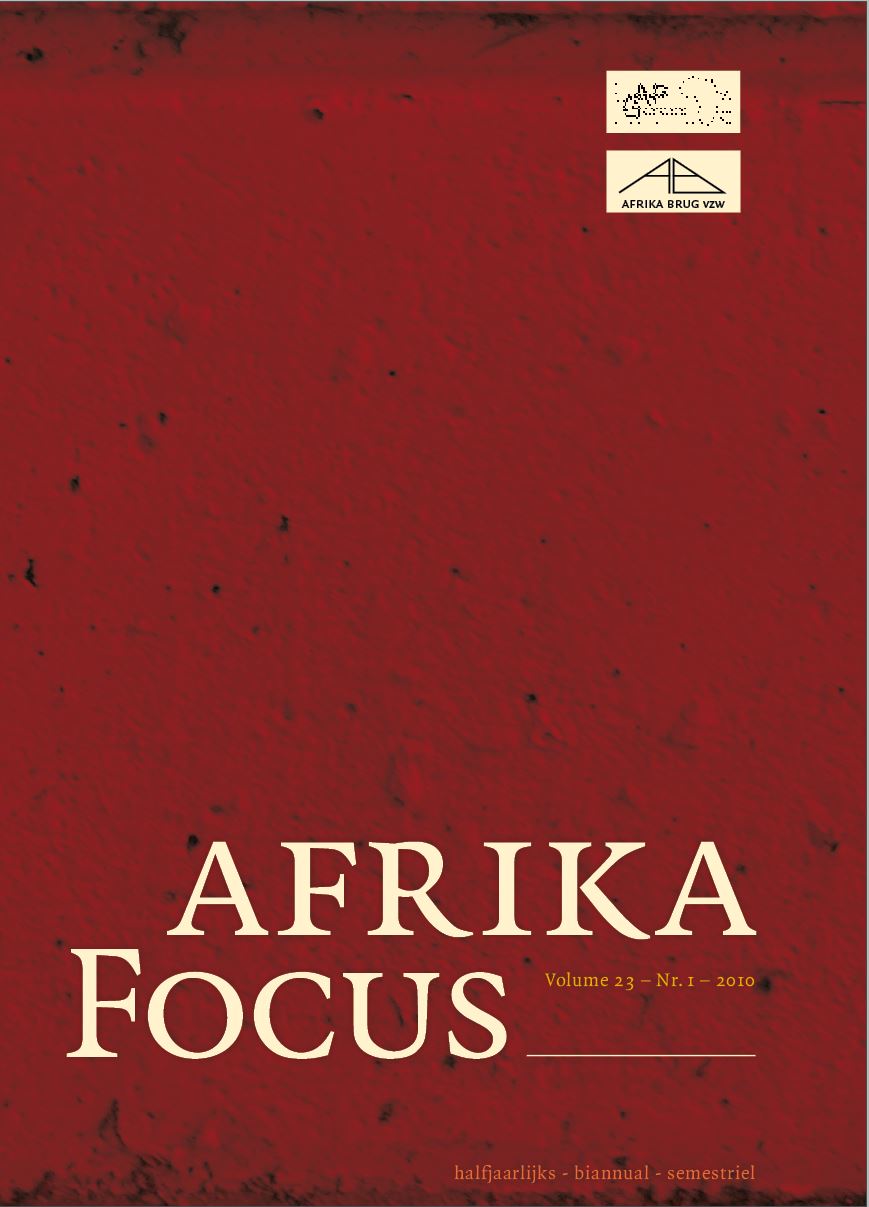Tamarindus indica L. – A review of traditional uses, phytochemistry and pharmacology
DOI:
https://doi.org/10.21825/af.v23i1.5039Abstract
Tamarind (Tamarindus indica, Fabaceae), a tropical fruit found in Africa and Asia is highly valued for its pulp. Tamarind fruit pulp has a sweet acidic taste due to a combination of high contents of tartaric acid and reducing sugars. The pulp is used for seasoning, in prepared foods, to flavour confections, curries and sauces, and as a major ingredient in juices and other beverages. Commercial tamarind-based drinks are available from many countries. Vitamin B content is quite high; carotene and vitamin C contents are low. Presence of tannins and other dyeing matters in the seed testa make the whole seed unsuitable for consumption, but they become edible after soaking and boiling in water. Tamarind kernel powder is an important sizing material in textile, paper and jute industries. Seeds are gaining importance as an alternative source of proteins, and are besides rich in some essential minerals. Seed pectin can form gels over a wide pH range. Leaves and flowers can be eaten as vegetables, and are prepared in a variety of dishes. They are used to make curries, salads, stews and soups. Tamarind leaves are a fair source of vitamin C and α-carotene; mineral content is high, particularly P, K, Ca and Mg. Anti-oxidant, anti-inflammatory, anti-microbial and anti-fungal activity has been documented from several plant parts. Tamarind is also extensively used in tradi- tional medicine. The traditional uses, its phytochemistry and pharmacognosy is reviewed to provided with a particular orientation to its value in sub-Sahara Africa. Key words: Tamarind, Tamarindus indica L., traditional use, phytochemistry, pharmacology, amino acids, fatty acids, minerals, vitamins, anti-nutritional factorsDownloads
Published
How to Cite
Issue
Section
License
Authors who publish with this journal agree to the following terms
Authors retain copyright and grant the journal right of first publication with the work simultaneously licensed under a Creative Commons Attribution License that allows others to share the work with an acknowledgement of the work's authorship and initial publication in this journal.
Authors are able to enter into separate, additional contractual arrangements for the non-exclusive distribution of the journal's published version of the work (e.g., post it to an institutional repository or publish it in a book), with an acknowledgement of its initial publication in this journal.
Authors are permitted and encouraged to post their work online (e.g., in institutional repositories or on their website) prior to and during the submission process, as it can lead to productive exchanges, as well as earlier and greater citation of published work (See The Effect of Open Access).


